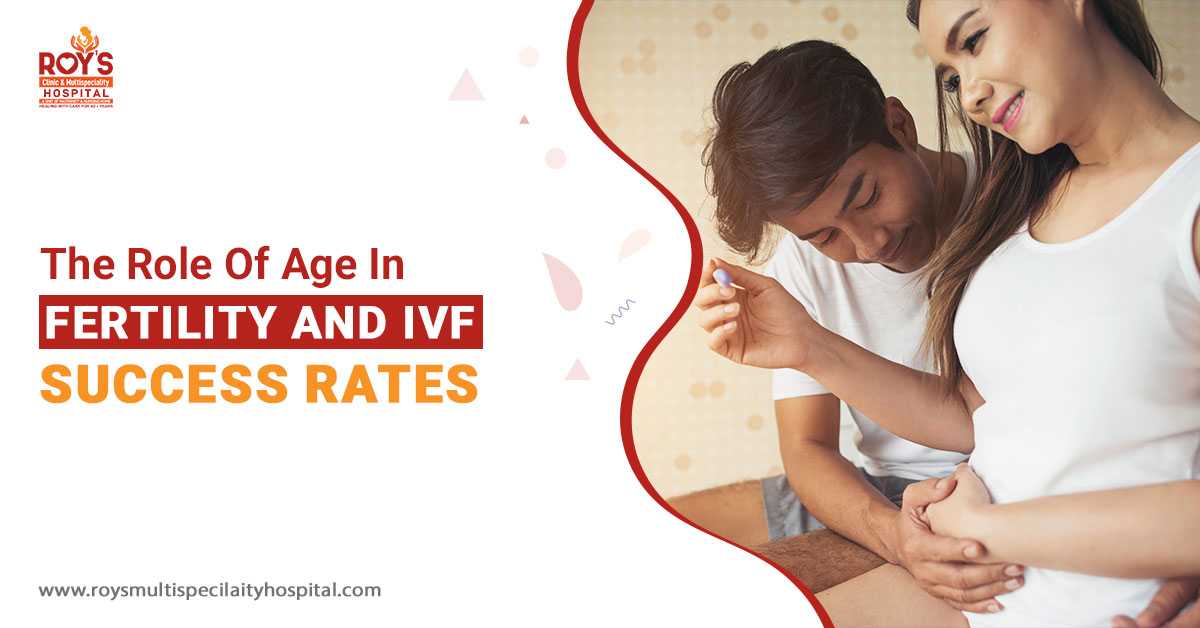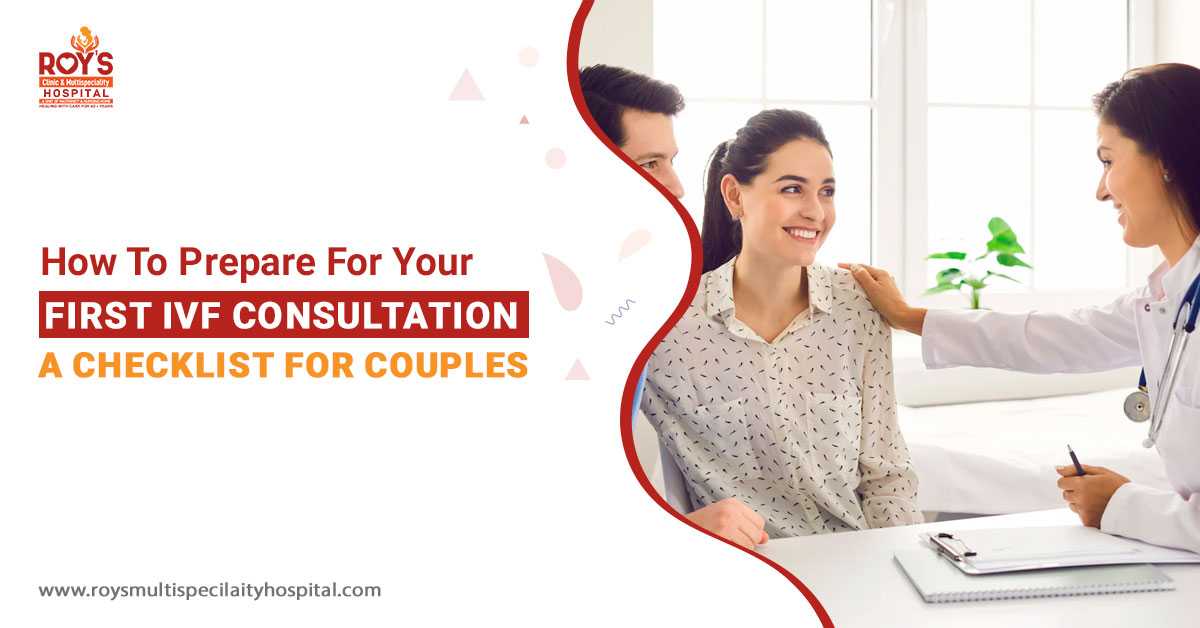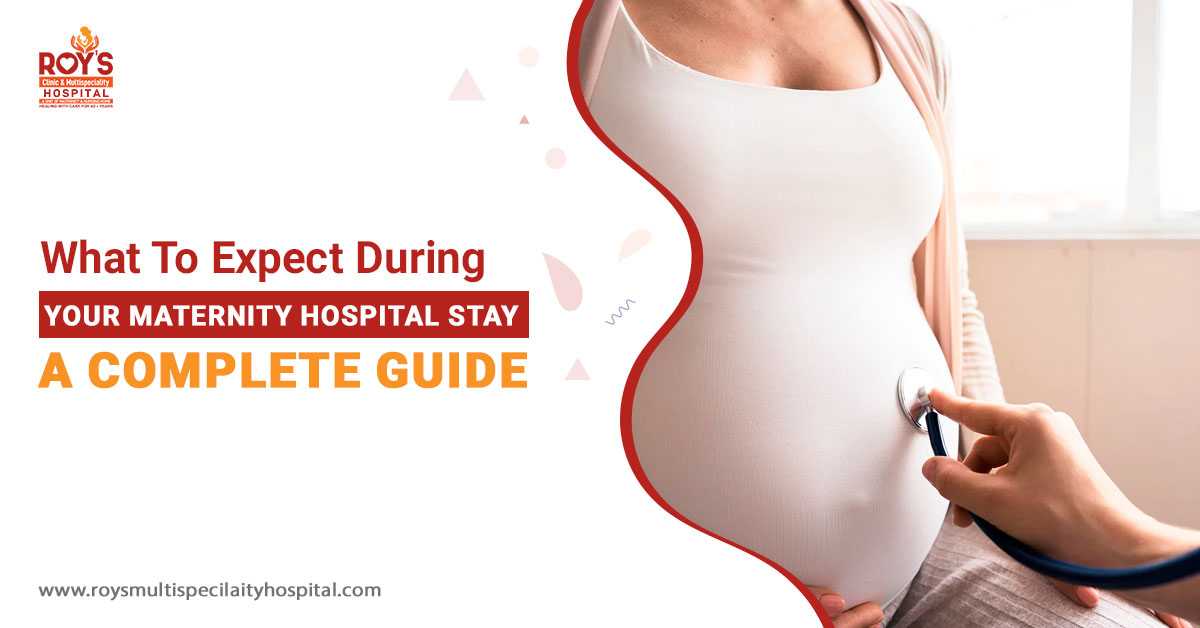When it comes to fertility treatments, in vitro fertilization (IVF) is usually one of the first things that come to mind. In vitro fertilization even works for unexplained infertility – the reason for infertility is unknown. It is an assisted reproductive technology (ART), in which an expert collects the egg and sperm and unite them in a laboratory, in a petri dish. Next, your IVF doctor will transfer the embryo to the uterus to achieve pregnancy. Get the best facilities for IVF in Siliguri at Roy’s Multispeciality Hospital.
This ART Option is Effective For people With The Following Infertility Issues:
- Low sperm count or quality
- Ovulation disorder
- Unexplained infertility
- Polycystic ovary syndrome (PCOS)
- Blocked or damaged fallopian tubes
- Uterine fibroids
- Genetic disorder
- Endometriosis
One full cycle of In vitro fertilization takes around 2 to 3 weeks. In IVF, couples or individuals can use their own eggs and sperm or use the donor’s sperm and egg. Sometimes, people seek surrogacy, in which a gestational carrier is used. Though IVF is the most effective fertility treatment, it doesn’t promise pregnancy.
The Chance of Having a Baby Through IVF Depends on Many Factors, Such as:
- Gestational age (mother’s age)
- Cause of infertility
- History of multiple miscarriages
- Sperm quality
- Embryo quality
- Endometrial thickness
- Ovarian reserve
- Lifestyle choices
Here Are The 8 Major Steps in IVF Treatment
IVF is a complex and time-consuming treatment. For the first 10-12 days, you will be on fertility medicines to stimulate your ovaries (ovarian stimulation). Following ovarian stimulation, your doctor will extract the egg and you’ll be given general anesthesia. After sperm retrieval, the egg and sperm are mixed in a laboratory Petri dish/tube.
Once fertilization takes place (after 2-6 days of egg retrieval), your doctor will implant one or more embryos in your uterus. Two weeks later, your doctor will schedule a blood pregnancy test to see if you are pregnant.
Let’s simplify:
Step 1 - Beginning of The Treatment
During a regular menstrual cycle, hormones from the pituitary gland - Luteinising Hormone (LH) and Follicle Stimulating Hormone (FSH) - work together to help an egg grow and release from the ovary.
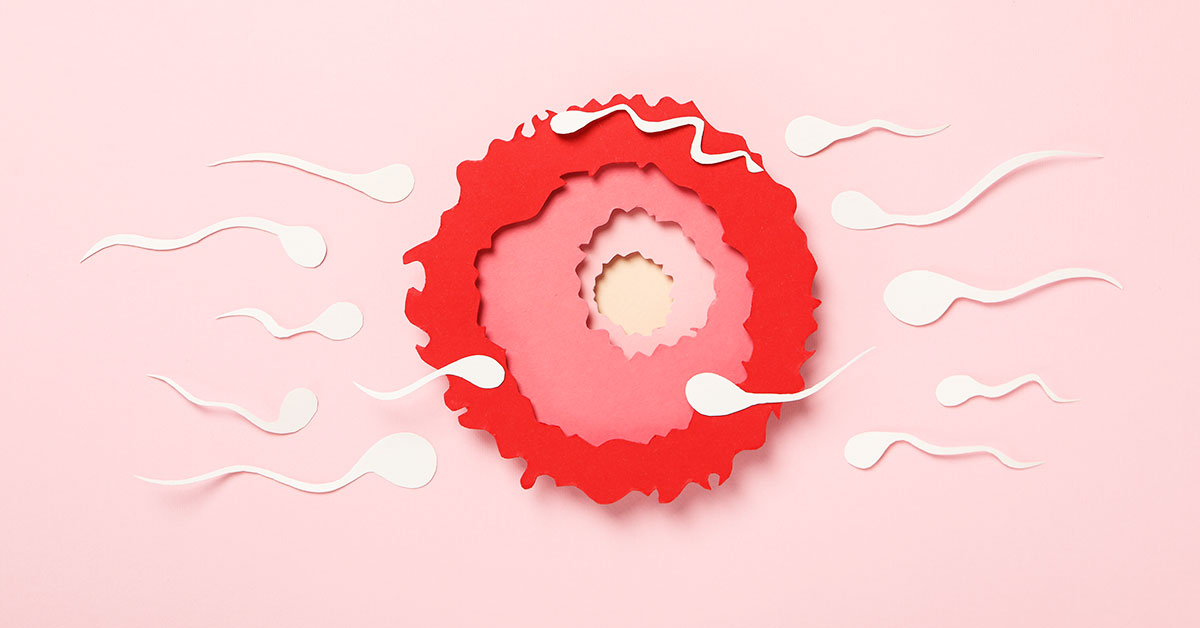
Many follicles grow but only one egg gets mature enough during ovulation. It happens about two weeks before your period starts. Now, in an IVF cycle, doctors need several eggs to mature at the same time. And, this is done with FSH injections.
Step 2 - Ovarian Stimulation
In ovarian stimulation, a lab-made hormone assists the ovaries to stimulate or make eggs. Doctors may give a shot of follicle-stimulating hormone/FSH, and luteinizing hormone daily for 9 to 14 days.
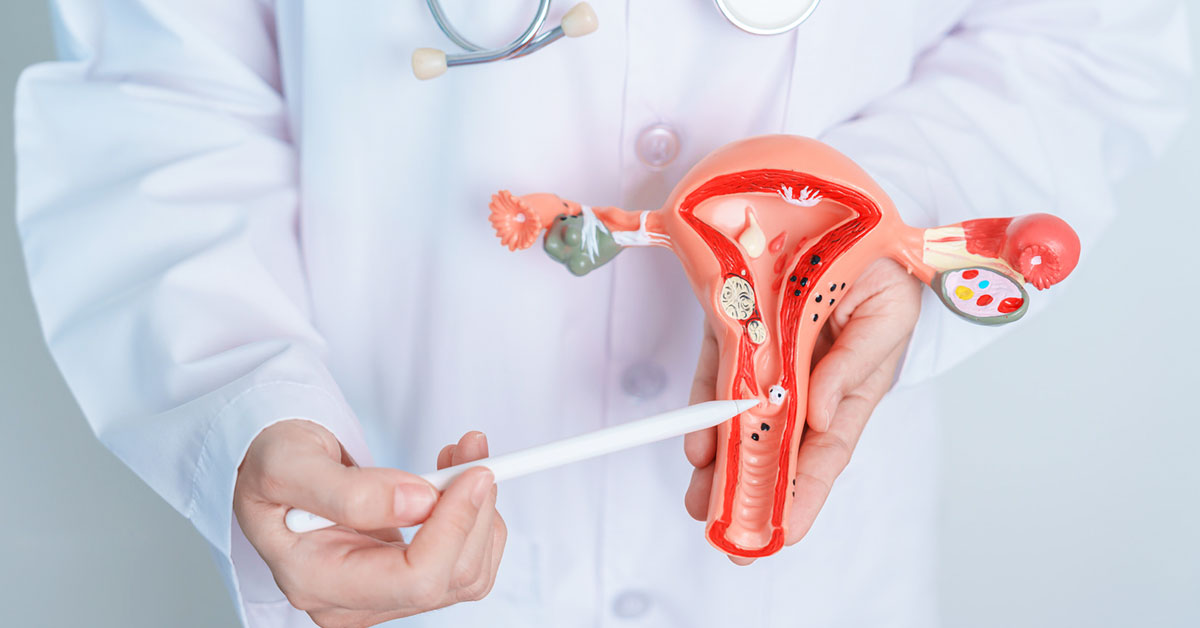
Human chorionic gonadotropin (HCG) hormone helps eggs mature and leave the ovaries. Here, the patient needs two vital tests during this period:
- Blood tests
- Vaginal ultrasound
Step 3 -Trigger Injection

After ovarian stimulation, when ultrasounds show that the follicles are at the right number and size, the doctor stops the FSH injections and pituitary suppressants. Now, your doctor gives the trigger injection to help eggs mature and finally release from the follicle. Get the best fertility treatment for IVF in Siliguri.
Step 4- Egg Retrieval
Egg retrieval in IVF is the extraction of eggs from one or both ovaries. The doctor gives anesthesia to keep the patient comfortable throughout. Your doctor can give general anesthesia, conscious sedation, or local anesthesia.
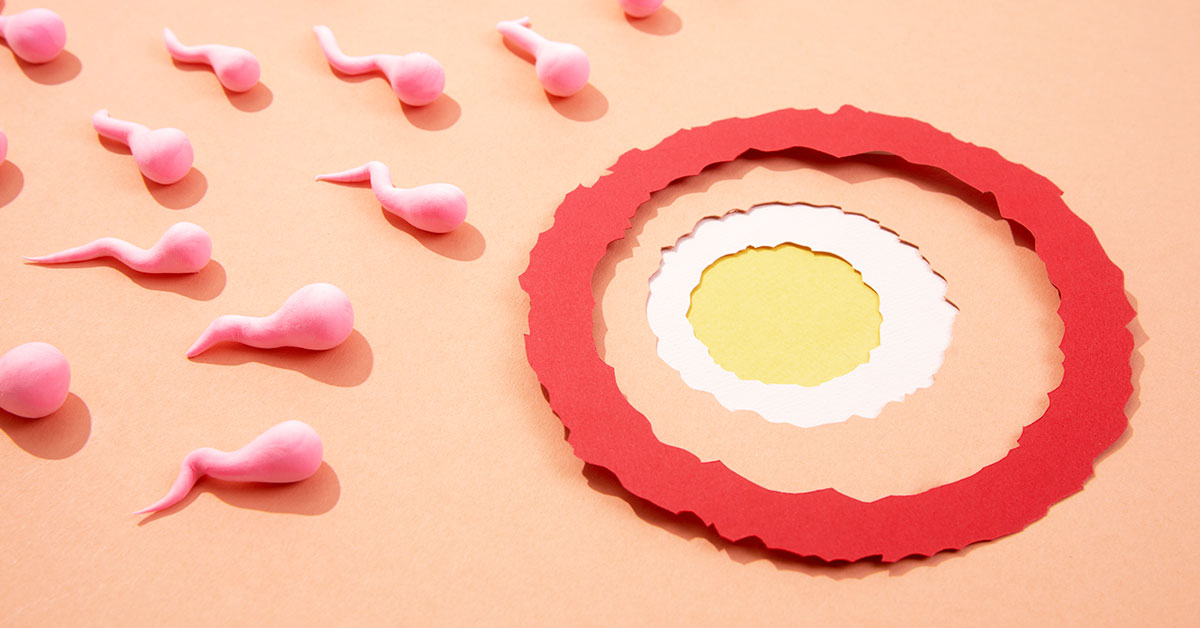
Then, a fine needle is put through the vagina guided by ultrasound to the ovary and follicles. Now, eggs are detached from the follicle wall, and collected from the ovaries. The expert sends these eggs to the IVF laboratory.
Step 5 - Sperm Retrieval
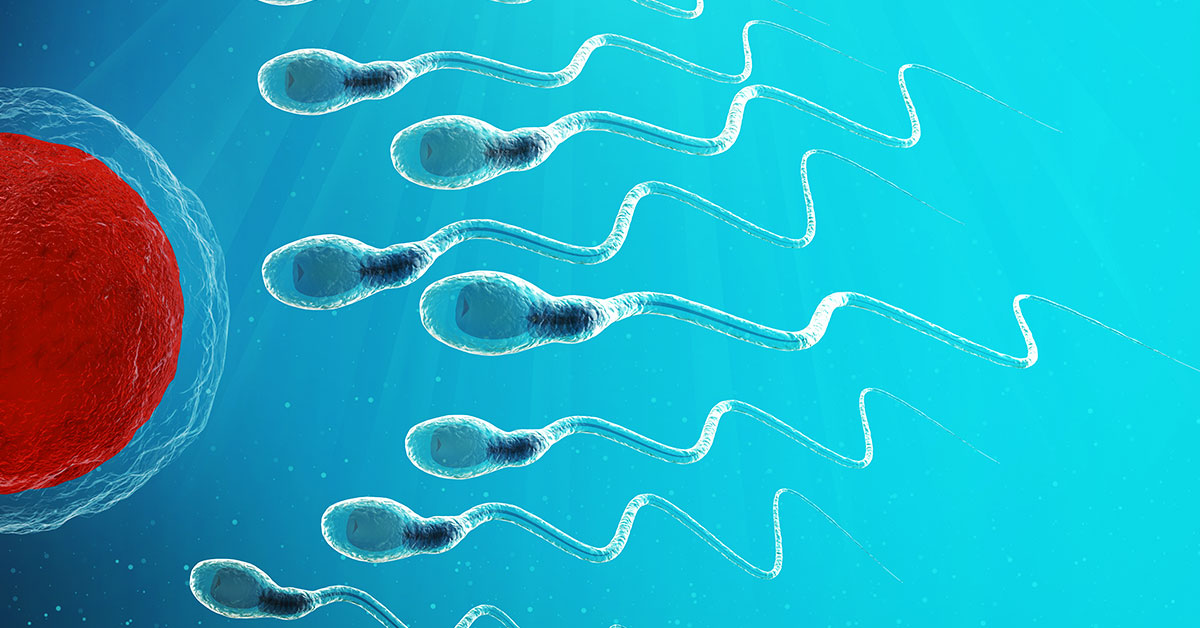
Many couples or individuals use donor sperm. An expert will take a semen sample on the same day of egg retrieval. Doctors may suggest testicular aspiration that helps collect sperm directly from the testicles. Here, sperm is detached from semen in the lab.
Step 6- Fertilization
There are two important processes - conventional insemination and Intracytoplasmic sperm injection (ICSI) help eggs get fertilized by sperm. Mature eggs and healthy sperm are united in vitro and kept in an incubator in order to develop in conventional insemination.
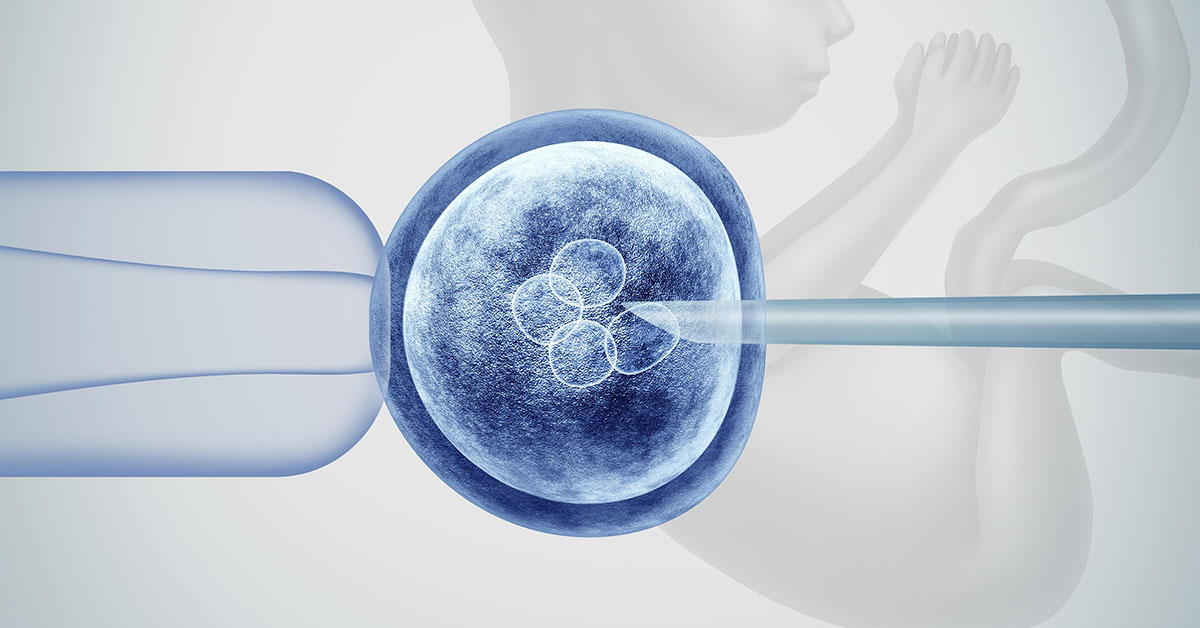
After some time, a small sample is tested for the correction of the threadlike structure of DNA or genetic disease diagnosis. In ICSI, doctors inject live sperm into the egg in a laboratory.
Step 7- Embryo Transfer
The final step of IVF is when the doctor transfers the embryo after embryo culture. With mild sedation to keep patients from discomfort during the procedure, a fine, long, and flexible tube (medically termed a catheter) is inserted into the vagina through the cervix.
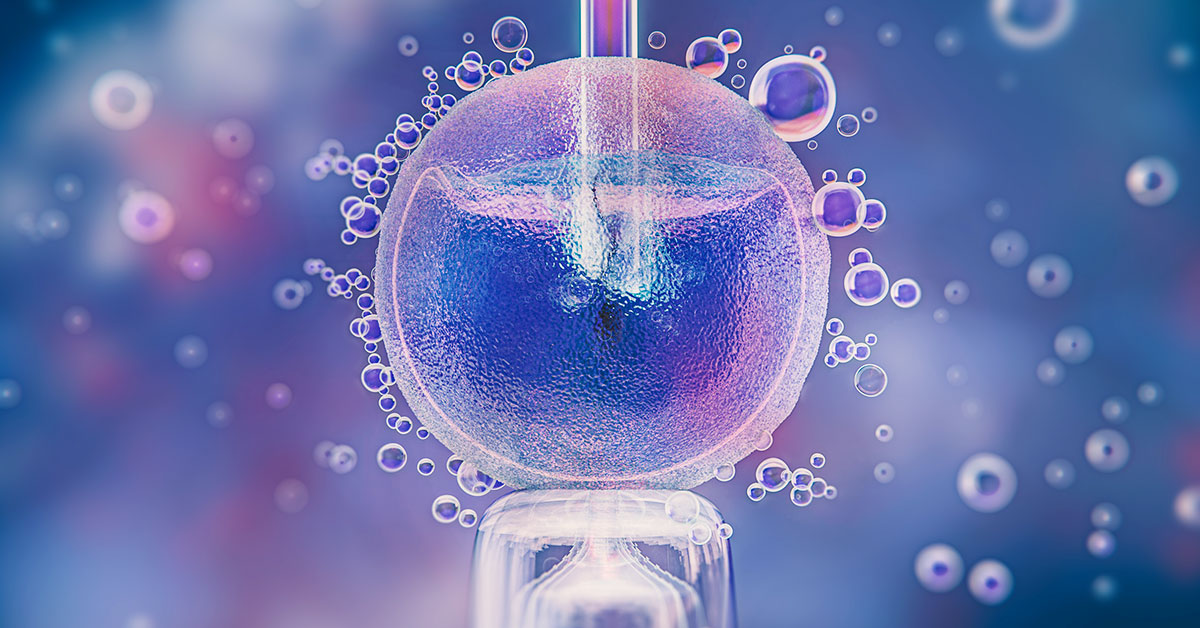
It leads to the uterus, under monitored by ultrasound. With the help of a syringe, one/more embryos that the doctor inserts into the uterus.
Step 8 - Pregnancy Test
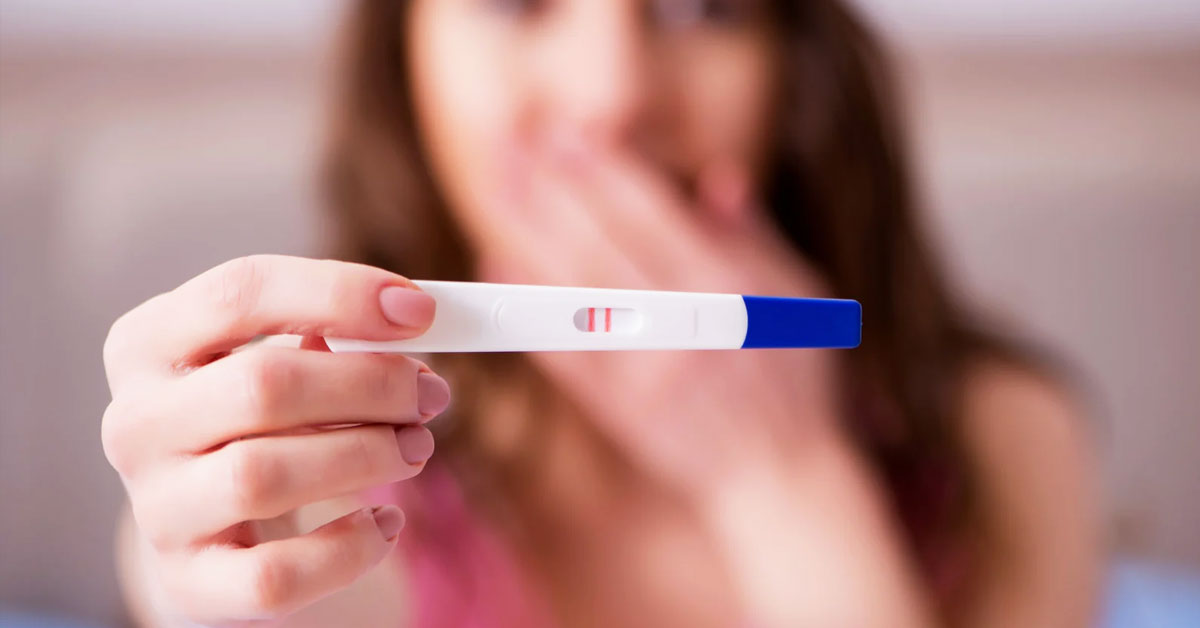
After twelve days of egg retrieval, show your blood test report to your IVF doctor. Now, your doctor will confirm if you’re pregnant.
If you get pregnant, you have to see an obstetrician (OB-GYN) for prenatal care. Your obstetrician will monitor your entire pregnancy, labor, and delivery and offer postnatal care. Consult our healthcare provider at the best IVF center in Siliguri, Roy’s Multispeciality Hospital.
Comments (0)


